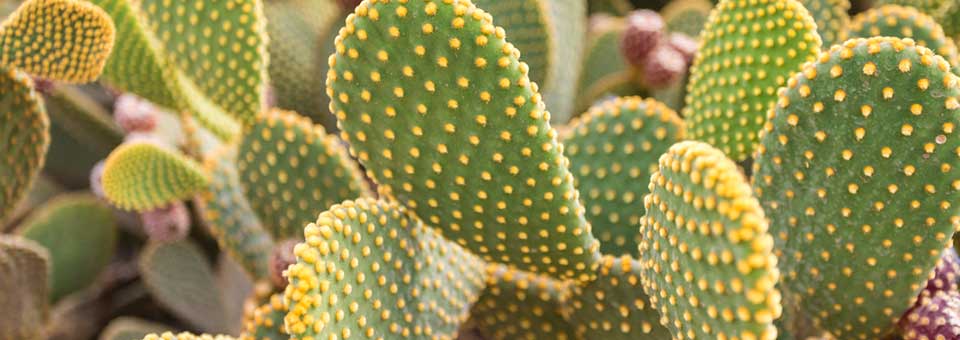
Electrolyte drinks are a great way to replenish fluids and replace lost minerals when you’re dehydrated from the flu or a stomach virus.
They’re also effective if you work out extra hard, and even to help ease a pounding headache after consuming one too many cocktails.
But it’s not the only use…
Recently, electrolyte skin creams and lotions have become the latest “Big Beauty” trend.
Here’s the theory behind this latest skin craze…
Electrolytes are minerals – like potassium, calcium, sodium, and magnesium – that attract water. So the idea is that when you apply a lotion containing these electrolyte minerals to your face, water will follow and your skin becomes more moisturized.
It sounds good. But the reality is that when you apply electrolytes topically, they evaporate far too quickly to ever be absorbed into your skin.
So they’re not doing any good…
My advice is to skip the pricey electrolyte skincare trend and replenish water and moisture with a skincare product that contains Hyaluronic Acid (HA).
HA is the molecule your skin naturally uses to hold in moisture. It’s found in every tissue in your body – and it can hold between 1,000 and 3,000 times its own weight in water.
One reason it’s so effective is that it draws moisture from both inside and outside your body. Then it helps your body hold on to that moisture.
But as you age, the amount of HA available to maintain plump, healthy skin decreases. Without enough moisture, your skin becomes loose, dry and wrinkled – adding years to your appearance.
When your skin has enough HA, your skin plumps up and the fullness smooths away fine lines and sagging, drooping skin… giving you a more radiant and youthful look.
In other words, HA restores the water you lose with age.1
I used to recommend that my patients use organic honey to increase HA naturally in their skin. But now I’ve discovered something that works even better…
I’m talking about a plant I first came across on one of my trips to Jamaica. It’s a beautiful cactus with bright red fruit growing on top. Its Latin name is opuntia ficus-indica, but in the U.S. we know it as prickly pear.
And it provides a number of anti-aging benefits…
A cactus traditionally lives in dry, arid regions where water is scarce. So it evolved to hold on to as much water as possible. And research proves it does the same for your skin. According to a study published in the journal Pharmaceutical Biology2, the HA in prickly pear extract increases moisture, decreases trans-epidermal water loss, and protects skin from excess UV rays.
But HA isn’t the prickly pear’s only skin benefit. Its oil is rich in a variety of other essential and non-essential fatty acids that trap moisture in the skin, including:

- 5% linoleic acid. This fat is key in stimulating healthy skin cell production and replacing old skin cells. As a result, prickly pear oil soothes even the driest skin and leaves it softer.
- 21% oleic acid. This helps repair tissue damage and improve dry skin.
- 14% palmitic acid. After forming a protective coating on the skin, this fatty acid stops moisture loss while improving skin texture and reducing redness.
At the Sears Institute for Anti-Aging Medicine, I treat my skincare patients with a rejuvenating facial mask that features prickly pear oil as a key ingredient. You can purchase the oil online, but it’s not cheap. Producing the oil is labor intensive and time-consuming. And it takes up to 60 pounds of seeds from half a ton of fruit to make just 34 ounces of oil.
To reduce cost, try mixing your prickly pear oil with other ingredients into an anti-aging serum. Here’s an easy 4-ingredient recipe:
Anti-Aging Prickly Pear Serum
- 25 ml prickly pear seed oil
- 25 ml sweet almond oil (or jojoba oil)
- 2 drops rose essential oil
- 1 drop lavender essential oil
Combine the oils well and store in a dark dropper bottle. Use as a night serum on the face, neck, and décolleté. Store in a cool, dark place.
1 Price R, et al. “Hyaluronic acid: the scientific and clinical evidence.” J Plast Reconstr Aesthet Surg. 2007;60(10):1110-1119.
2 Park K, et al. “Cactus … extract minimizes the effects of UV irradiation on keratinocytes and hairless mice.” Pharm Biol. 2017; 55(1): 1032–1040.








